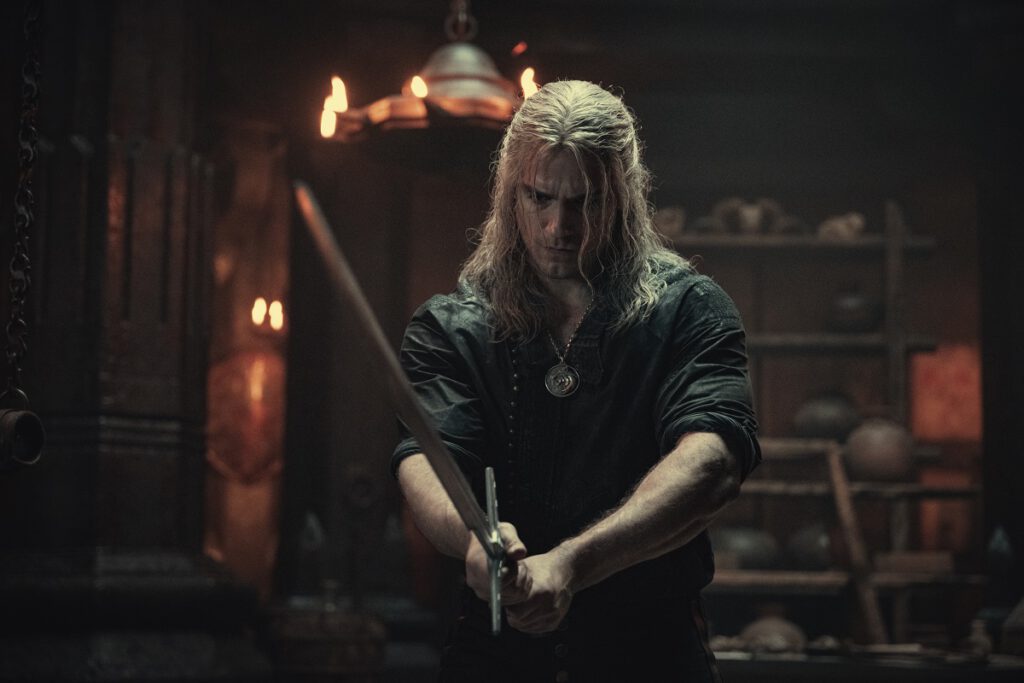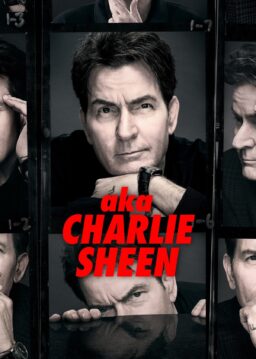I continue to be so frustrated by “The Witcher,” Netflix’s hit show that has so many elements that should work but consistently fails to combine them into something entertaining. Two years ago, I wrote about season one, “At its worst, “The Witcher” is downright incomprehensible, so cluttered with characters, monsters, and overheated dialogue that it becomes hard to care.” Someone seems to have taken that common criticism to heart as the second season is undeniably narratively tighter. However, it still lacks the pulse a show like this needs to work. It’s a show with a world that can be fascinating to spend time in until you realize that you feel like you’ve been there way too long. It’s like a fancy party with gorgeous decorations but no one interesting to talk to.
Season two starts with incredible promise, in no small part because it discards the chronological and narrative gamesmanship of season one, telling a story in a more traditional fashion. A lot of season two seems more traditional, although the show is often at its best when its admittedly impressive design elements are allowed to be surreal and strange. Some of the creature design here is remarkable, and the show can come to life in its big moments, especially when swords are swinging at monsters you’ve never seen before.

The chaos that ended season one finally brought together Geralt of Rivia (Henry Cavill) with Princess Ciri (Freya Allan), which kind of shifts the former’s role this year, turning him into less of a brooding wanderer and more of a father figure. The first episode, “A Grain of Truth,” may be my favorite to date because it’s so focused and reliant on the design elements that work best here. Geralt and Ciri are stuck in a mansion with a kindly creature but both he and the setting hide a dark secret. Focused in terms of storytelling and almost gothic in its design, it’s a confident, almost standalone story that sets up themes for the season, reminds one of the darkness of this program, and gives Cavill and Allan some nice character beats. Sadly, that confidence doesn’t last long.

After the premiere, Geralt and Ciri end up at a place called Kaer Morhen, a Witcher outpost where the princess learns to fend for herself while creatures stalk the perimeter. The snowy ruins of Kaer Morhen make for a gorgeous setting—the show’s art direction is undeniable, presenting locations that feel like the ones I eagerly explored in “The Witcher 3,” one of the best games of all time. However, there’s a lot of talking at Kaer Morhen too—“The Witcher” constantly struggles to balance its dialogue-driven scenes with pushing the plot forward. It can be an exhausting show in terms of pace—every single episode feels longer than it actually is. At one point, I had to pause an episode and was sure I was near the end just based on how long I felt I had been watching. I was 13 minutes into the hour.
This sense of quicksand plotting is even more prominent in Yennefer’s arc this season. Anya Chalotra arguably stole season one but moving her character away from the heart of the narrative this year makes her seem stranded, at least for the first half of the season. Geralt believes that Yenn is dead, but she’s off dealing with a band of elves in a place called Xin’trea that reveals the weaknesses of the writing on this show. Chalotra is such a vibrant performer, and had great chemistry with Cavill last year, but it’s as if, at least for the half of the season, she’s just being used to introduce new characters that will matter in the future instead of being developed herself. The most obvious inspiration here is clearly “Game of Thrones,” but the writers haven’t come close to matching that program’s ability to tells a story across such a broad canvas.
That means that “The Witcher” is at its best when the plot doesn’t actually matter. A clever line reading from Cavill, a wicked sword fight, an unexpected exchange, a reminder of the show’s impressive budget for design and effects—these are the moments when “The Witcher” hints at what it could be and what it could still become. As a fan of the game, fantasy television, and this entire cast, I always approach “The Witcher” with hope that I’ll finally connect to it. I’m still waiting for that spell to be cast.
Four episodes screened for review.












